I will be soon testing a product to an electric field spectrum requirement (i.e. in the 100's of dBµV/m vs MHz), and it shouldn't be a problem because of how small the values are compared to the testing levels of other products I've made - however, it's bothering me that I seem to miss something about how these emissions couple with our circuits.
I'd like to be able to calculate a very rough voltage disturbance value for simple subcircuits. I know it's much more complex than what a simple formula can cover, but I am ready to make large simplifications and assumptions to get ballpark/rough order of magnitude values while grasping the various mechanisms at play.
Let's assume the following victim circuit.

simulate this circuit – Schematic created using CircuitLab
For a X Volts/meter requirement, does that mean X times d will be applied between VM1 and VM2, and X times h between each VM and GND? (or rather, VM should probably be at the middle of RT) If so, with what series resistance?
By the way, I know these traces would also be capacitively coupled, and I'm not talking about this - purely the external disturbance.